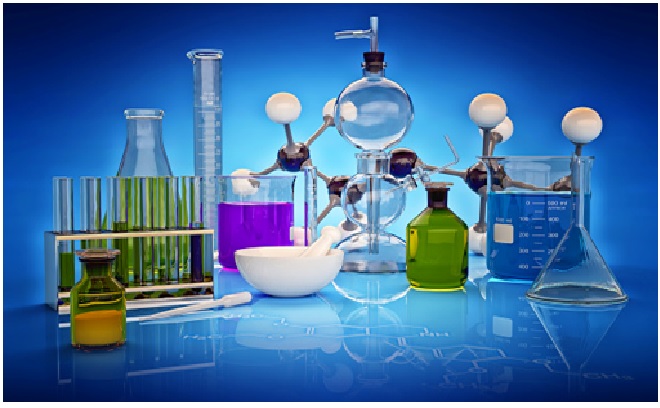Researchers Discovered a New Set of Chemical Reaction
scientists at Scripps Research have discovered a new set of chemical reactions that use cyanide, ammonia and carbon dioxide—all thought to be common on the early earth—to generate amino acids and nucleic acids, the building blocks of proteins and DNA.

Figure 1: A new set of chemical reactions to build block of DNA and protein.
Figure 1 shows that“we’ve come up with a new paradigm to explain this shift from prebiotic to biotic chemistry,“We think the kind of reactions we’ve described are probably what could have happened on early earth.” says Ramanarayanan Krishnamurthy.
The newly discovered chemical reactions are also useful in certain manufacturing processes, such as the generation of custom labeled biomolecules from inexpensive starting materials. [1]
Team showed how cyanide can enable the chemical reactions that turn prebiotic molecules and water into basic organic compounds required for life. This one worked at room temperature and in a wide pH range. The researchers wondered whether, under the same conditions, there was a way to generate amino acids, more complex molecules that compose proteins in all known living cells.
In cells, amino acids are generated from precursors called α-keto acids using both nitrogen and specialized proteins called enzymes. Many have hypothesized that before the advent of cellular life, amino acids must have been generated from completely different precursors, aldehydes, rather than α-keto acids, since enzymes to carry out the conversion did not yet exist. The switch occurred from aldehydes to α-keto acids as the key ingredient for making amino acids.
After their success using cyanide to drive other chemical reactions, team suspected that cyanide, even without enzymes, might also help turn α-keto acids into amino acids. Then, through trial and error, they discovered a third key ingredient: carbon dioxide. With this mixture, they quickly started seeing amino acids form.
Researchers says, “If you mix only the keto acid, cyanide and ammonia, it just sits there. As soon as you add carbon dioxide, even trace amounts, the reaction picks up speed.” [2]
The new reaction is relatively similar to what occurs today inside cells—except for being driven by cyanide instead of a protein—it seems more likely to be the source of early life, rather than drastically different reactions, the researchers say.
In the process of studying their chemical soup, Team discovered that a byproduct of the same reaction is orotate, a precursor to nucleotides that make up DNA and RNA.This suggests that the same primordial soup, under the right conditions, could have given rise to a large number of the molecules that are required for the key elements of life. [3]
References:
- https://neurosciencenews.com/life-origin-chemical-reaction-21144/
- https://www.scripps.edu/news-and-events/press-room/2022/20220728-krishnamurthy-origins-of-life-chemical-reactions.html
- https://phys.org/news/2022-07-scientists-life-chemical-reactions.html
Cite this article:
Sri Vasagi K (2022),Researchers Discovered a New Set of Chemical Reaction, Anatechmaz, pp. 355

